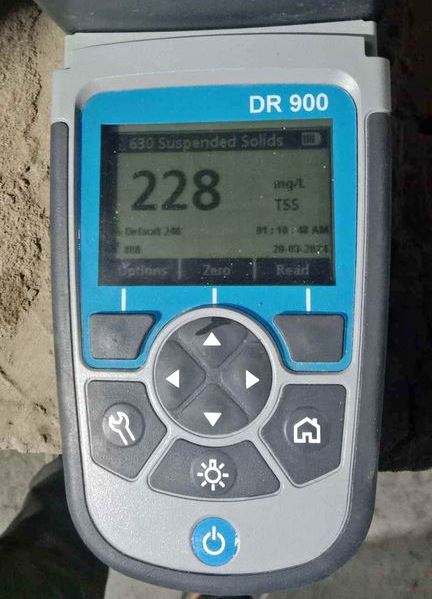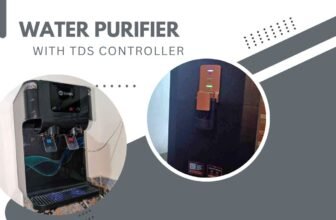
Do you know in many parts of India untreated water has TDS level of 2000 ppm? This shows how important RO systems are in Indian homes. RO water TDS level chart helps us find the TDS levels in pure water.
TDS means total of all organic and inorganic substances in a liquid. It’s in molecular or tiny solid forms. RO water quality chart tells us the right TDS levels for drinking and cooking. Keeping your RO water purifier in the ideal TDS range makes water safe and taste good. This chart is important to know the best TDS level for RO water. It helps you trust your drinking water is safe and delicious.
What are TDS Levels in RO Water
TDS levels in RO water are crucial to keep its quality high. This will understand what TDS levels mean for water quality.
First of All – What is TDS?
TDS stands for Total Dissolved Solids. It includes minerals, salts and metals in water. The reverse osmosis water TDS chart shows you how much of these are in your water. This affects how your water taste and quality.
Why TDS is Important in Water Purification?
TDS levels are important for RO purifiers to work well. High TDS means too many impurities. This makes water unsafe and taste bad. Checking TDS is must to ensure RO water purifiers does its job. This makes your water safe and enjoyable.
Keeping the right TDS Level (60 – 150 ppm) in RO water purifier is important for lifespan at least 6000 litres.
Ideal TDS Levels for RO Water
Ideal TDS level in RO water depends on how you use it. For drinking aim for 80-150 ppm. This range is good for drinking. Water up to 300 ppm is still good. But above 1200 ppm is bad.

Here is the RO Water TDS level chart:
| TDS Level (ppm) | Suitability for Drinking Water |
| Below 50 | Very low – May lack essential minerals |
| 50-150 | Excellent – Ideal balance between purity and taste |
| 150-250 | Good |
| 250-300 | Fair |
| 300-500 | Poor – Not ideal for regular consumption |
| Above 1000 | Unacceptable – Unfit for human consumption |
The RO water TDS chart tells you to keep the TDS at the right level. This is for safe and great tasting water.
How to Test and Adjust TDS Levels in RO Water
It is critical that your RO water has the appropriate TDS reading. There are digital TDS meters available and this will take you very fast. The readout given out by it instantly and correctly to you concerning your water, concerning the TDS. Now from here on in, refer the reading against an appropriate RO water filter TDS chart and be able to state what would represent the perfect solution.
If your RO water’s TDS needs adjustment, you can do so. First check the RO system’s membranes and filters. Their condition affects TDS a lot. These parts wear out and need to be replaced. New membranes and filters will keep your water pure.
You can also use re-mineralising filters to balance TDS. Some good minerals for you might be lost during purification. Re-mineralising filters add these back in. This will make your water taste better and be healthier. Keep testing and looking after your RO system. This will ensure your water is always safe to drink.






